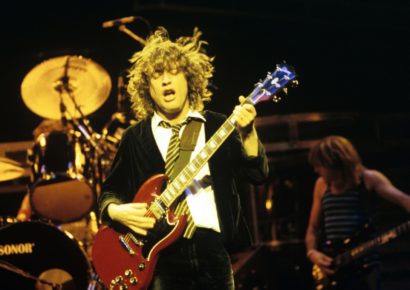In the early 1980s in Palm Desert, California, Josh Homme was on a mission: to find his very own trademark instrument.
In the early 1980s in Palm Desert, California, a very young Josh Homme was picking out a guitar. He was there on a mission: to find his very own trademark instrument, something that nobody else had.
Josh Homme
Homme’s childhood hero was none other than Greg Ginn, famed guitarist and bandleader of Black Flag. As a kid, the desert native had noticed that Ginn played a very unusual instrument, a Plexiglass Dan Armstrong, rather than something more common like a Strat or a Les Paul. Astutely for his age, Josh Homme took this as a sign not to emulate his hero’s choice of guitar, but instead to find something equally unique to make his own.
Read all the latest features, columns and more here.
1984 Ovation Ultra GP
Homme’s choice was made easy for him when he walked into the local guitar shop and found a 1984 Ovation Ultra GP patiently waiting for him. Homme liked the instrument’s unique but not unsightly shape and decided he had found his match, going on to play the GP exclusively for many years. This individualist attitude, fostered by a local desert scene that valued originality over all else, has permeated Homme’s music and his choice of gear ever since.
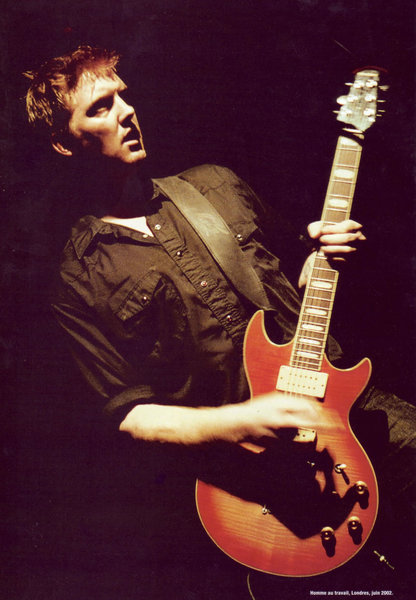
Homme played the GP exclusively throughout his time with his first notable band, desert rock pioneers Kyuss, ultimately owning the guitar in three different colours. The rare Ovation’s bright Dimarzio DP-104 Super 2 pickups allowed Homme to cut through the mix despite him tuning down to C standard, becoming intrinsic to his idiosyncratic style.
Tube Works MosValve RT-2100
Briefly using a Marshall JCM900 on Kyuss’s album ‘Blues For The Red Sun’, Homme swiftly moved on to the amp that would ultimately define the band’s sound, the Tube Works MosValve RT-2100. Contrary to popular belief, Homme did not use a fuzz pedal to achieve his tone in Kyuss, but instead relied on the MosValve’s uniquely fuzzy drive section to get his signature tone. Rather than using a matching cabinet or in fact a guitar cabinet at all, Homme paired the MosValve with an Ampeg 8×10 Bass Cabinet, finding that it was better suited for handling his very low tuning.
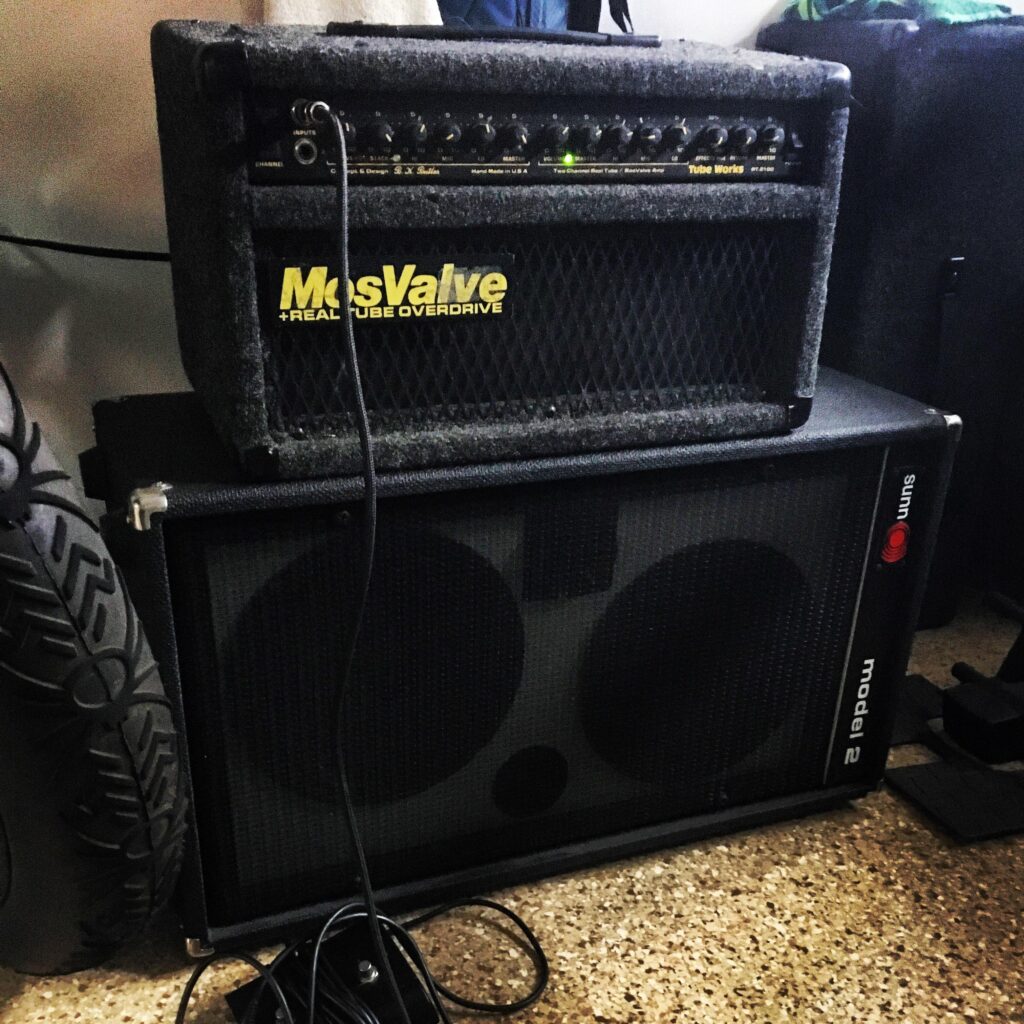
From a young age, Homme also owned a now rare and sought after Ampeg VT-40 combo, an amp that came to the forefront of his rig when Homme started his next project, Queens of the Stone Age. The amp’s Baxandall EQ circuit allowed Homme to push his mids more than ever before, a definitive element of his move away from the sludgey tones of Kyuss to a more mid-focused sound. Inspired by Billy Gibbons’ use of a treble booster, Homme used the amp in conjunction with a Boss SD-1 Super Overdrive, turning the volume and tone controls of the pedal all the way up and the drive function all the way down.
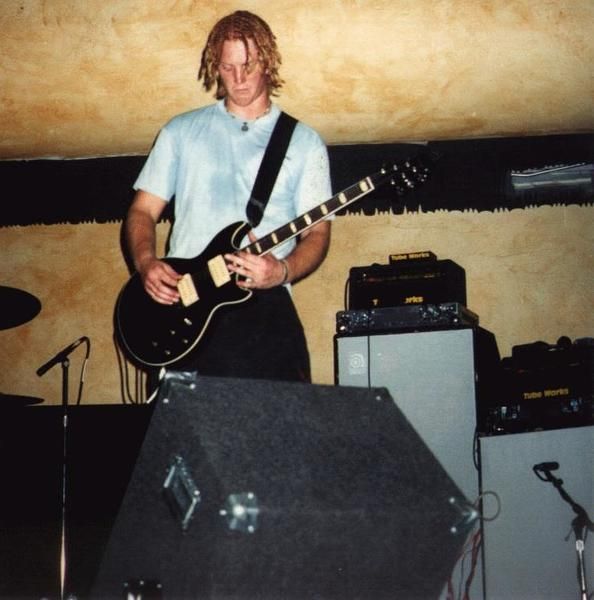
Homme stuck with this setup in the early stage of QOTSA’s career before adding a Maestro Parametric Filter MPF-1 pedal to his chain for the making of the band’s second record, ‘Rated R’. This pedal allowed Homme to push his mids even more, accentuating specific frequencies almost like a cocked wah. Eventually, Homme swapped the pedal out for its more modern and readily available clone, the Stone Deaf PDF-1 Parametric Distortion Filter. Along with parametric filters, Homme’s board also often includes a Boss GE-7 Graphic EQ pedal, which he reputedly uses to push 400hz amongst other midrange frequencies.
When it came time to record QOTSA’s breakthrough album Songs For The Deaf, Homme began combining his VT-40 with a myriad of bizarre and rare amplifiers, mostly of the solid state variety. Most notably, these included a Peavey Series 260 Standard PA amp and a 10-watt Peavey Decade combo, which Homme admired for its ‘wiry’ sound. Over the course of QOTSA’s long career, Homme has since used a variety of rare and unusual amplifiers in his live setup, but has most consistently and notably relied on his VT-40, MosValve and Peavey 260 to achieve his sound.
Maton JH BB1200 Josh Homme
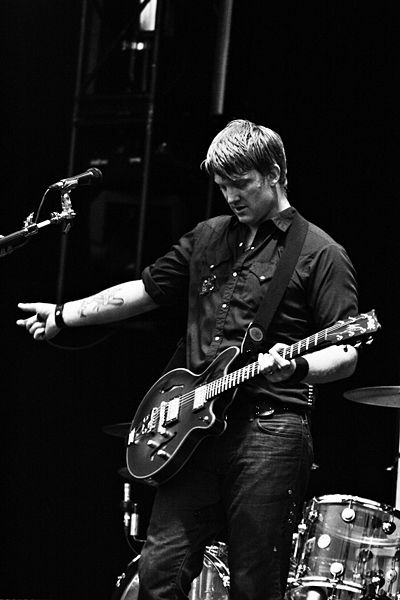
Around the time of QOTSA’s fourth album Lullabies to Paralyze, Homme decided to finally retire his Ovation Ultra GP, the guitar he had almost exclusively played for twenty years. Homme experimented with many guitars during this period, but eventually settled on an Australian made Maton BB1200 and a Motorave BelAire as his two main stage guitars. This signified Homme’s move to semi-hollow guitars, which he has used ever since.
Josh Homme Pedalboard
Over the coming years Homme expanded his pedalboard to include a Fulltone Fat Boost, a Morley Power-Wah (often used in a cocked position) and octave pedals such as the EHX Micro POG. Homme has also been seen using a Dunlop Cry Baby Q-Zone and a Moogerfooger Low Pass Filter for more mid-boosted cocked wah sounds. For delay, Homme is known for using both the Roland Space Echo and Moogerfooger Analog Delay, but has most consistently used the tube – powered SIB Echodrive. Homme is known for setting his delay pedals to a short delay time and cranking up the repeats for short bursts of rapid fire echos.
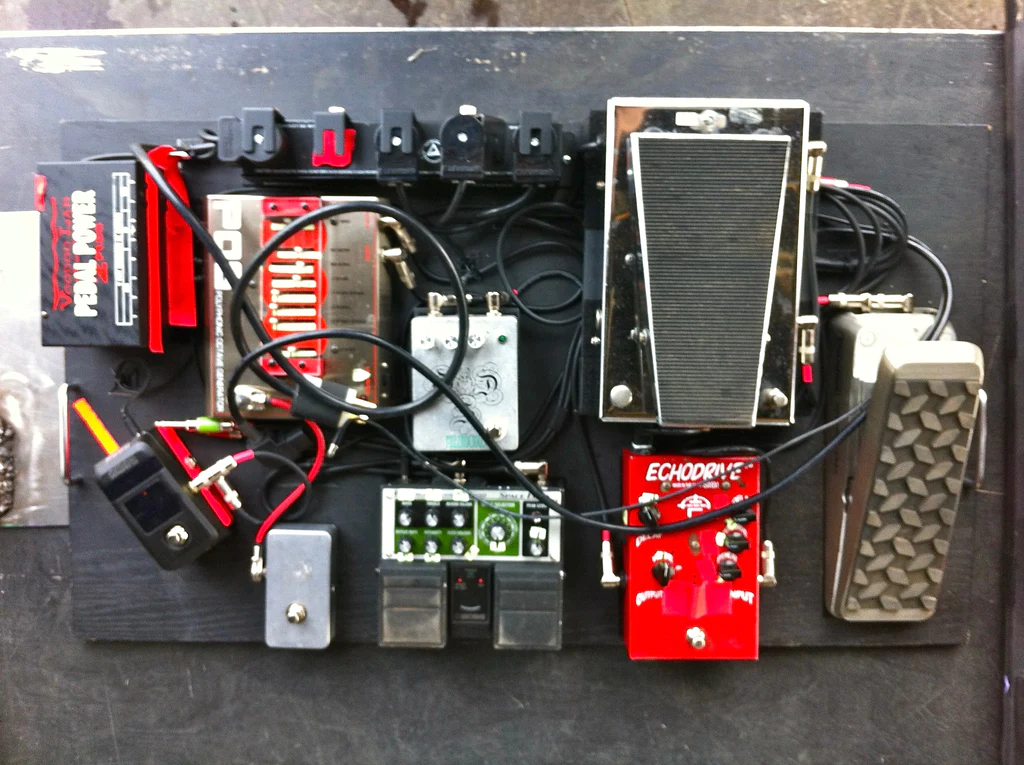
Despite not using fuzz pedals earlier on in his career, Homme has since used them frequently for his signature off-kilter solos. Favouring octave-fuzz circuits, Homme uses a highly sought after Univox Super-Fuzz and a Fulltone Ultimate Octave both in the studio and in his live rig.
Echopark Esperanto Z
Despite having his own signature BB1200 model with Maton, Homme eventually phased the guitar out in favour of his Motorave BelAire, which remained his main guitar throughout the 2010s. More recently, Homme has struck up a working relationship with boutique luthier Gabriel Currie of Echopark Guitars, who has provided Homme with his new main stage guitar, the Echopark Esperanto Z.
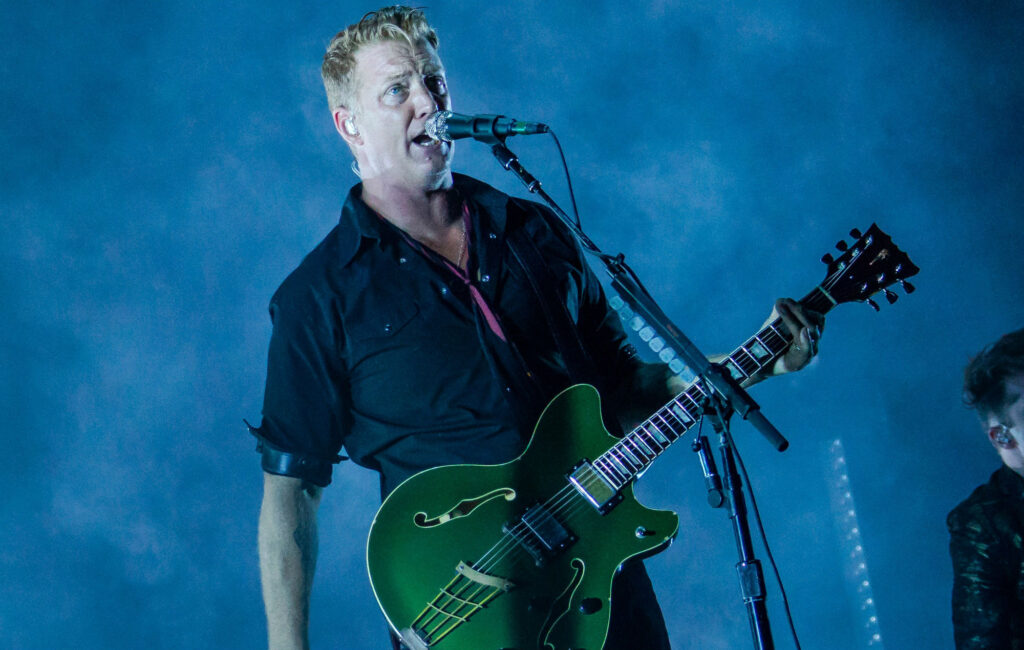
Homme also owns a custom 9 string version of the Esperanto, on which the top three strings are doubled like on a traditional 12 string, leaving the three lower strings undoubled. Finally, Homme also owns another custom Echopark called The Crow, which was constructed using 200 year old mahogany reclaimed from a Los Angeles library.
Like Greg Ginn before him, Homme’s dedication to carving out a unique signature sound, rather than merely emulating his heroes, is something we can all learn from as artists. So remember kids, use this information wisely. Josh Homme sounds as good as he does because he did his own thing, and so should you.
Listen to QOTSA’s brand new album In Times New Roman here.

